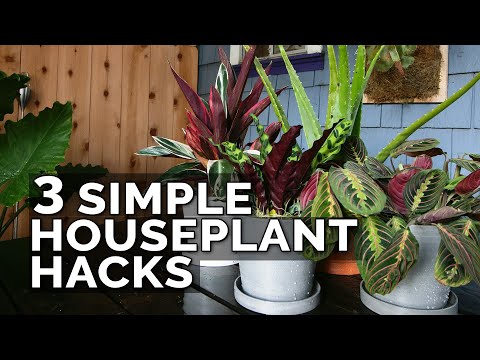Any veteran houseplant parent will tell you that there are plants we simply failed to keep alive. Maybe we didn’t love them enough; maybe we loved them too much. Whatever the reason, sometimes things just don’t go according to plan. Some are just exceptionally sensitive to their surroundings.
By the same token, some are incredibly flexible and resilient. It mainly depends on their environment and how well you can replicate that in your home. Any type of pothos makes a great starter, and I find peperomia to be low-maintenance, but we’re not here to talk about the easy ones.
If you’ve already purchased or acquired one of these finicky specimens, not to worry. I’ll give you some pointers on what makes them different and how to meet their needs.
Why Some Houseplants are Higher Maintenance
Let’s take a moment to go over some of the important elements that make certain plants higher maintenance than others.
1. Light – If you know where a plant grows naturally, it’s easier to determine how much and what type of light it needs. For instance, an understory plant prefers filtered or indirect sun because it is adapted to grow beneath a canopy. These make great houseplants in general. Others that grow out in the open will need considerably more sun.
2. Temperature – Most grow well in the 60-70°F (16-21°C) range, as long as you keep them away from windows in the winter and out of a draft. Others need more heat than the average homeowner sets their thermostat to.
3. Moisture – When it comes to watering, it’s more common to overwater a houseplant than to underwater it. Keeping the soil moist constantly is good for some, but for most, it promotes the growth of fungus, which causes root rot.
4. Humidity – Finally, humidity is the most overlooked factor in success. Many of the plants we keep in the home are tropical plants. Tropical climates are warm and they are also humid. Many of these will fail to thrive without that moisture in the air. Others prefer dry air, but this is less commonly, though not never, the issue.
Here are some of the cultivars that I and other experienced houseplant enthusiasts find more fussy than average. Beginners should avoid these houseplants initially, but consider incorporating them into your collection as you hone your green thumb. The key to all of them is providing the right care, but some need more care than others.
Orchids
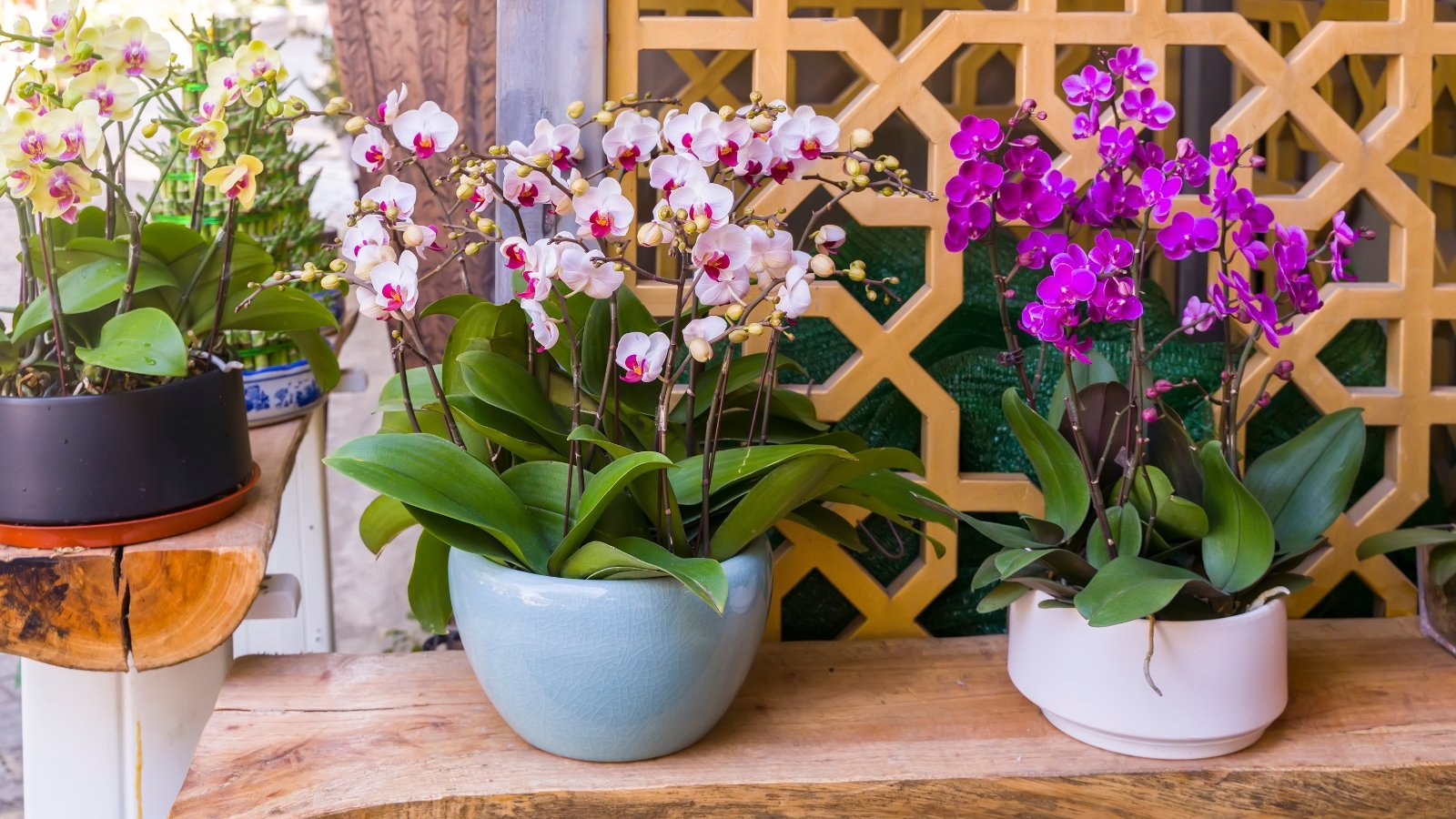
Ah, orchids, those most elusive of houseplants. Well, some of them are. If you simply must have an orchid, and you’re now to orchid care, I recommend a phalaenopsis to start off with. These are well adapted to lower light and humidity than many others. Cattleyas aren’t terribly complicated either, though they need more light and should live close to a bright window.
Most orchids are epiphytes, which means that they grow on trees non-parasitically. They get a lot of rain, but their roots are exposed to the air rather than covered with soil, which allows them to get a lot more air circulation. They also need a significant amount of humidity. They take in moisture from their aerial roots and leaves, as well as their central root system.
Vandas are difficult because they have high light and humidity needs. Too high for most homes. These are better suited to greenhouse conditions. Masdevilla and Dracula orchids are nearly impossible to keep in the house. They need high humidity and cooler temperatures. Rarer orchids can be costly. Hold off on these types until you master the more common ones. There is a reason some are easier to find and cost less. It’s because they are easier to propagate.
Zebra Plant
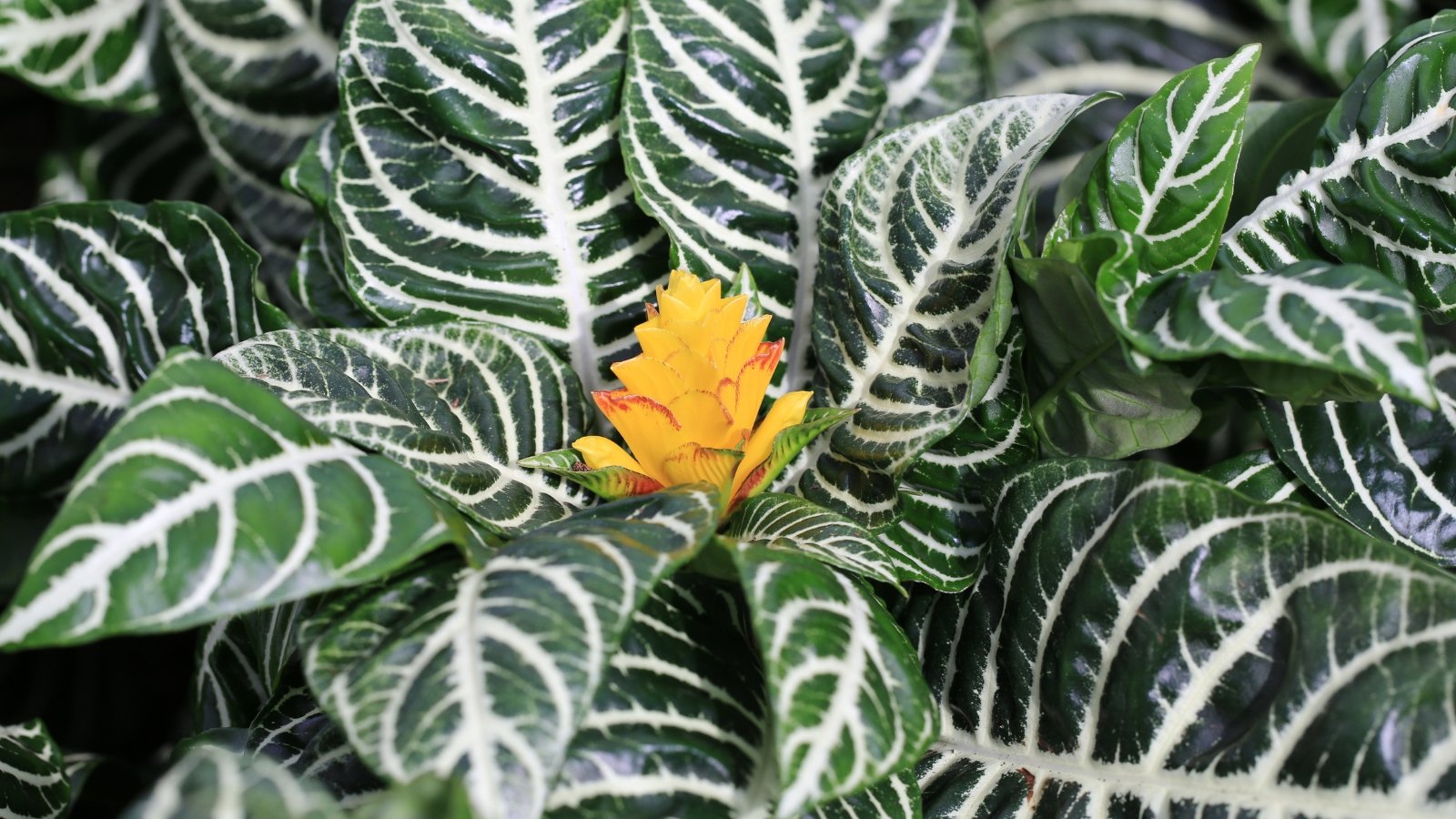
Native to the rainforests of Eastern Brazil, zebra plants get accolades for their showy foliage and flowers. If you can master this one, it’s a beautiful specimen. Its needs, though, are considerable and specific.
Zebra is an understory inhabitant, which means that it needs plenty of bright but indirect light. Some morning sun can be fine, but filtered light is best. Set this near a window or behind a sheer curtain. A shower window with privacy glass would be the ideal indoor light condition.
That shower recommendation also comes from the zebra’s considerable humidity needs. It likes 60-70% humidity, which is difficult to achieve indoors. As an added complication, it needs to stay above 65°F (18°C). That means in the winter, it needs some distance from the window.
Finally, its complicated watering needs make it even more particular. With too much or not enough water, the leaves will droop, and it’s up to you to figure out which is the issue. These prefer moist soil but allow the top to just barely dry between.
Calathea
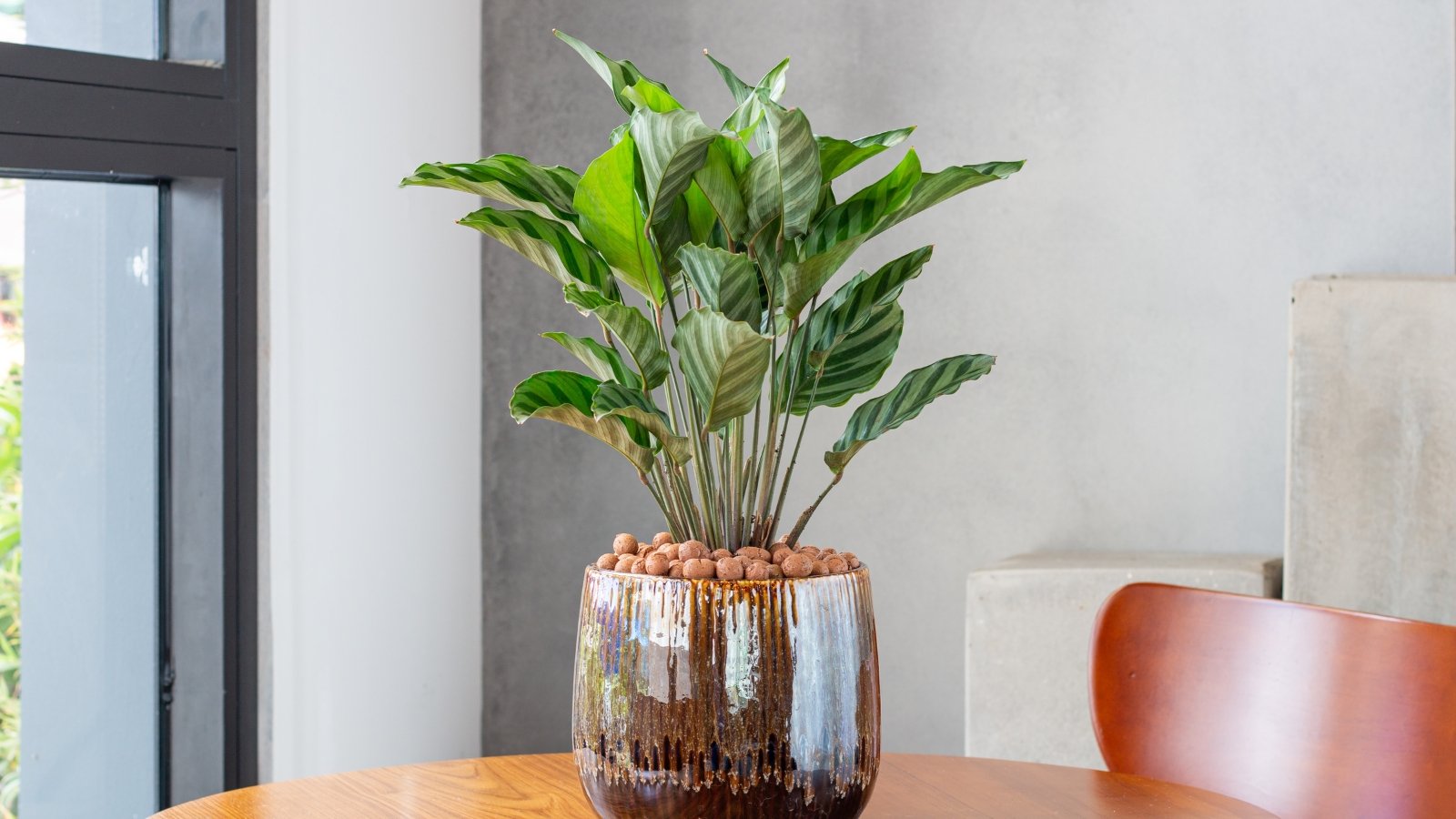
Calathea is one of the groups of plants known as prayer plants. They have this nickname because their leaves fold downward during the day and rise up in the evening like praying hands. They are beautiful and not the most difficult to care for, but they have some specific needs that make them higher maintenance.
Average home temperatures are fine for calatheas, but in winter, be careful about windows. They don’t tolerate a chill. They need plenty of bright indirect light, and direct sun will burn their leaves.
Their leaves are generally quite sensitive. Tap water can cause leaf tips to turn brown, as they are sensitive to chemicals. It’s not a life-or-death issue, but they look better when you give them rainwater or distilled water. They also need a considerable amount of humidity, at least 50%, but more is better.
Fiddle Leaf Fig
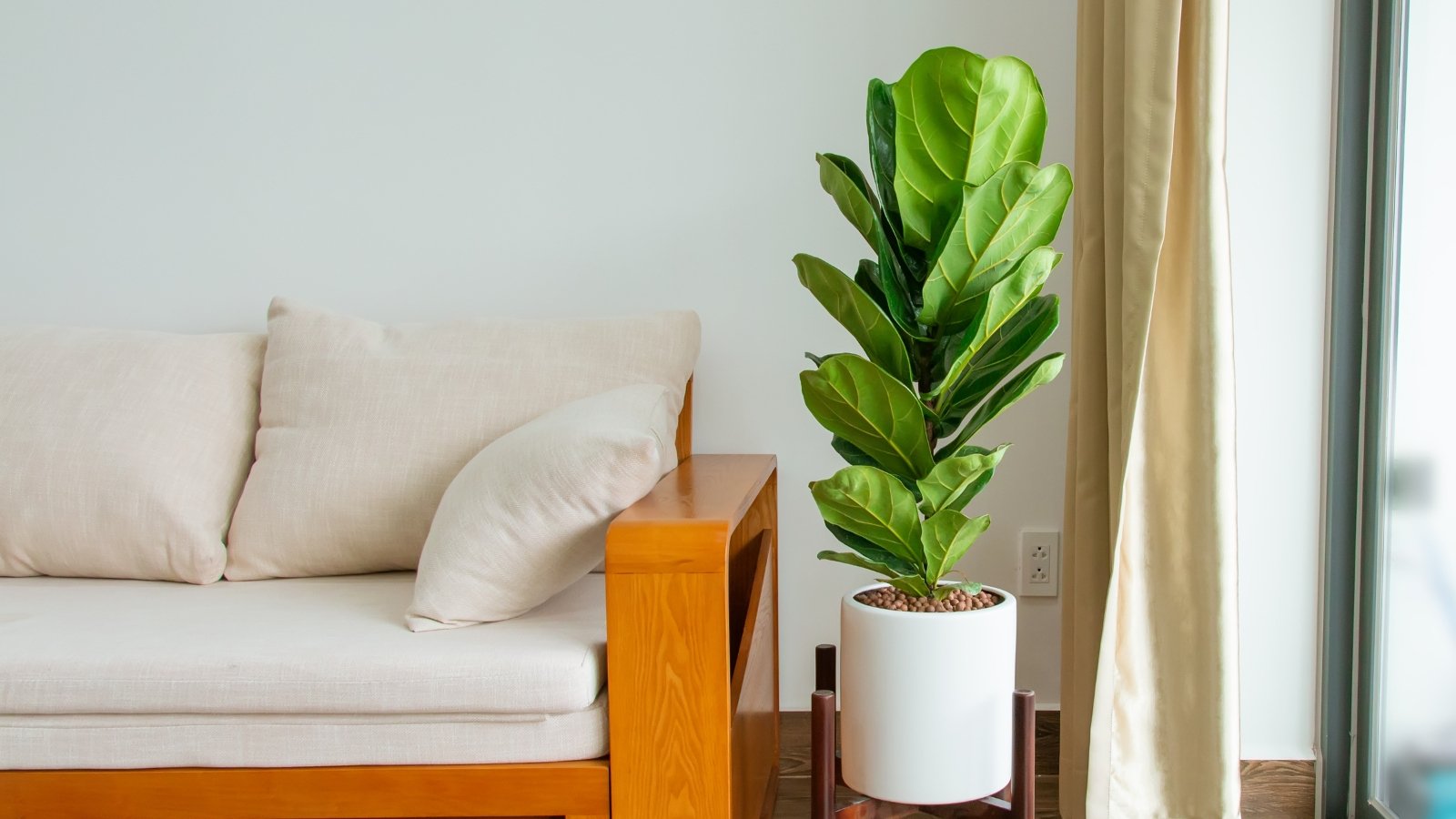
Everyone loves a fiddle leaf fig, but while they are popular, they can be mercurial. Care becomes considerably easier if you find a location where it is happy. The issue is that this tree needs a lot of light, but it doesn’t like direct sun. Direct sun will cause leaves to become bleached and scorched.
Fiddle leaf figs also have specific watering needs that are important to abide by. Too much water will cause the leaves to turn brown and fall off. Too little water will also cause the leaves to turn brown and fall off. They like moisture, but they are particular about how and when they need it.
Make sure to let the soil dry between waterings, but don’t leave it dry for long. They also need a significant amount of humidity, which can be difficult. This is a large plant that takes up space, and it would thrive best in a brightly lit bathroom. Most bathrooms won’t accommodate its size, though. Mine lives outdoors for most of the year, only coming in for the winter.
Pitcher Plants
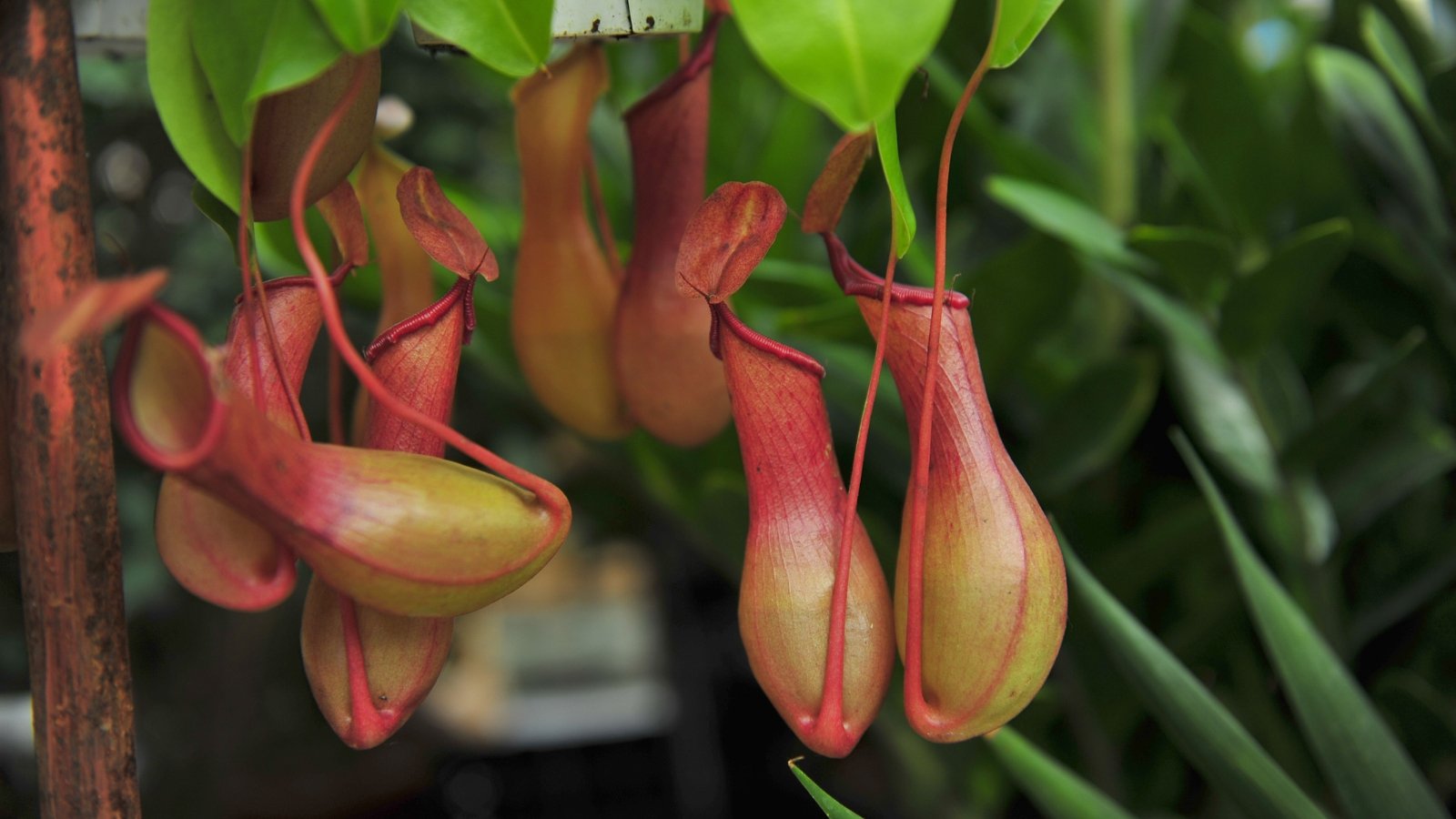
There are a few different genera that go by the name pitcher plant, similar to prayer-plants. They are all carnivorous, but some are tropical, while others are native to the United States and are cold-tolerant. Tropical pitcher plants, or nepenthes, are particular and complicated to care for.
Their surroundings are similar to those of tropical orchids. They need a lot of humidity, air circulation, and consistent temperatures. They also need a lot of sunlight. It’s difficult to maintain these without a full six hours of direct sun, which can be difficult to come by indoors.
These plants need air circulation but won’t tolerate a drafty spot. The fluctuation will cause stress. They are sensitive to water as they need moist soil, but it has to be well-drained, or you’ll end up with root rot. A greenhouse is better for cultivating these unless you live in a tropical environment.
Stromanthe
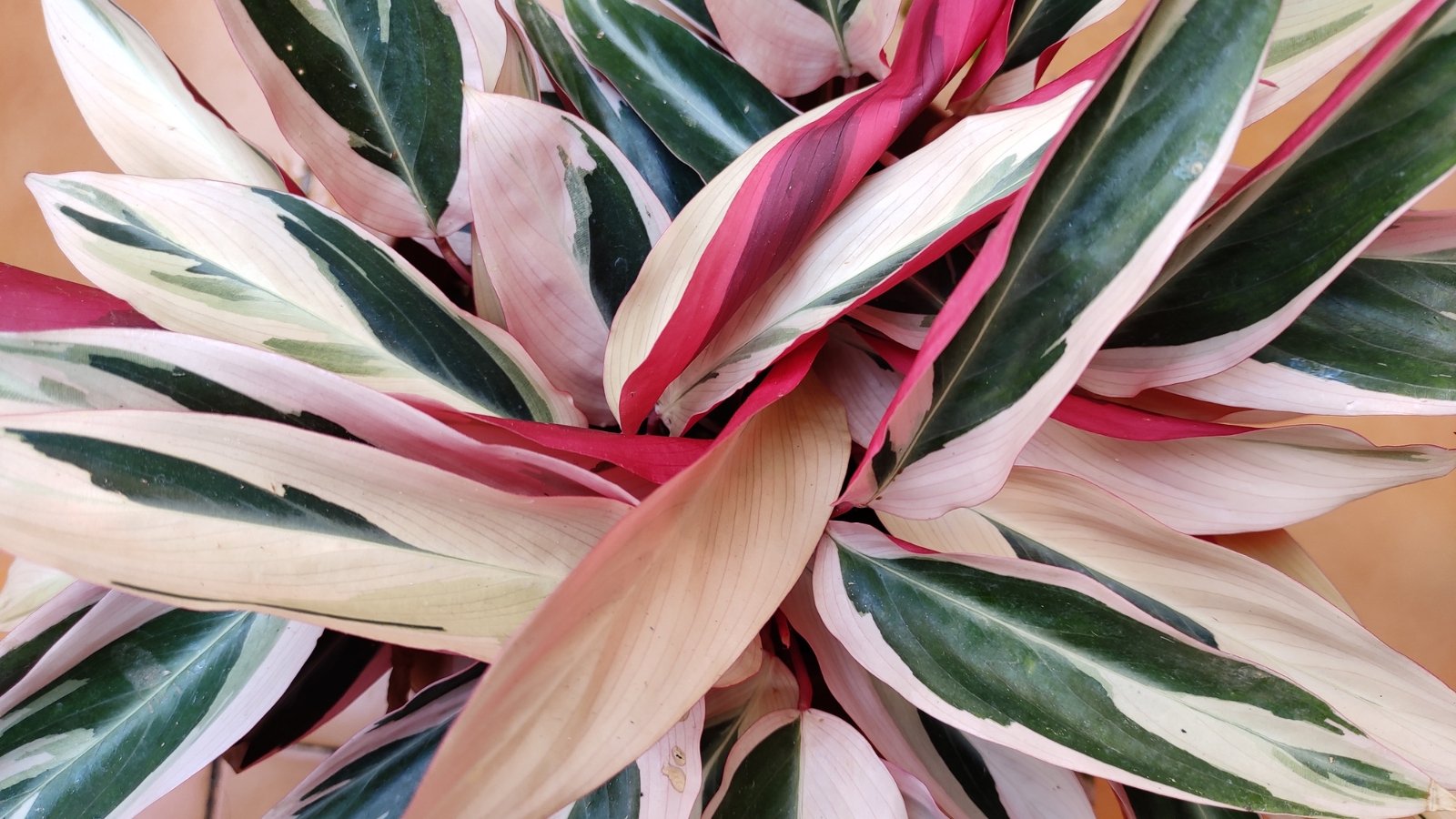
Stromanthe is another prayer plant native to the understory of Brazilian rainforests. It has gorgeous, tri-colored leaves that rise at night and lower during the day. This charming habit is no wonder these are so popular and found in many nurseries.
Watering a stromanthe is the complicated part. They are sensitive to chemicals and minerals in tap water, so rainwater is best. I know it’s a lot to ask most people to collect rainwater, so distilled water is typically okay. They need good drainage and soil that remains moist in about 75% of the container. The top should dry between waterings.
Excess water will inhibit root function, particularly of the finer roots, which are hard workers. They also need high humidity and a lot of bright but indirect light to maintain their attractive color and glossy leaves.
Maranta
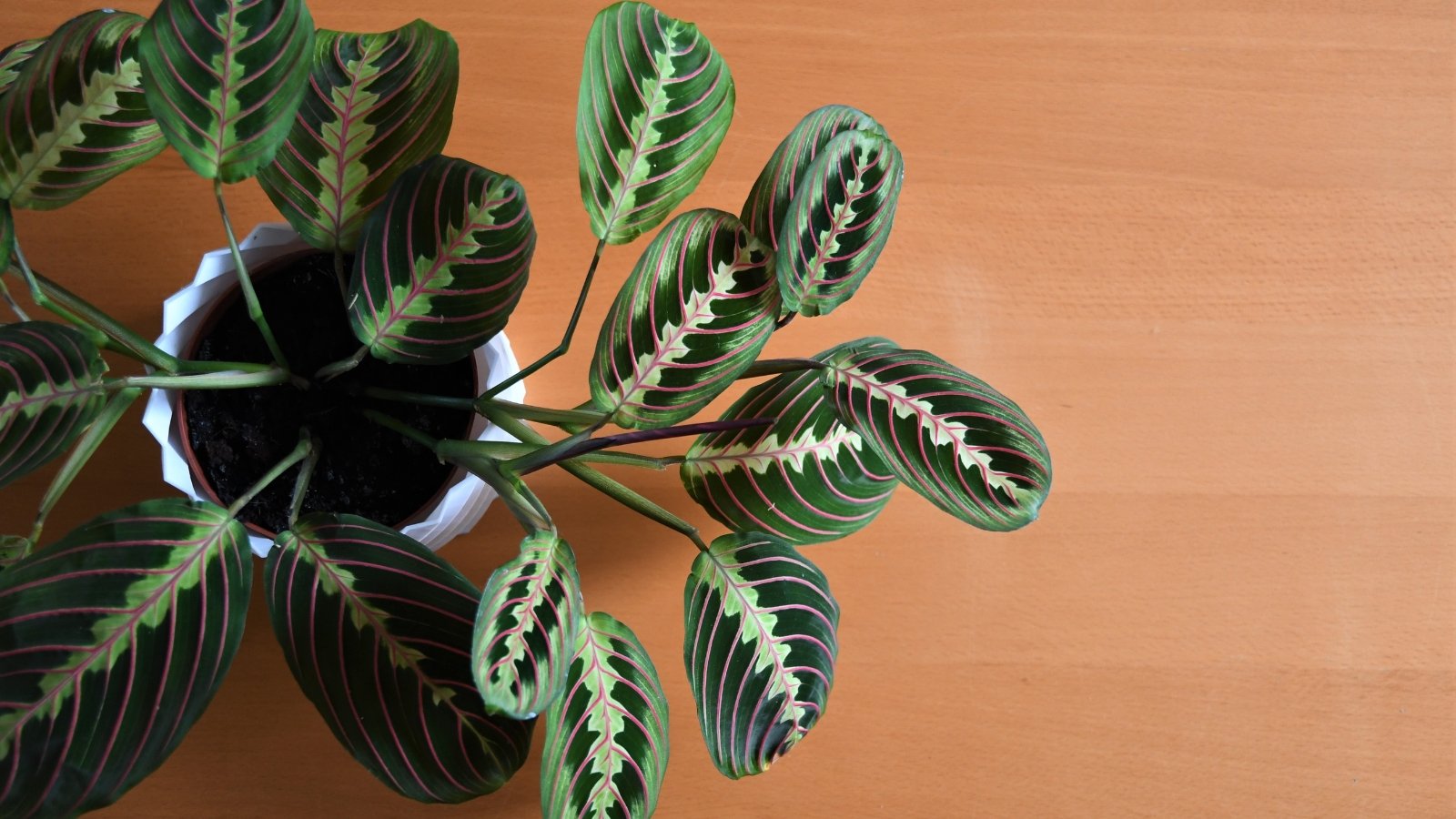
Maranta is the third type of prayer plant, and it has wonderful decorative foliage. This plant creeps along the floor of South and Central American tropical rainforests. They look stunning in a hanging basket. That is if you can keep them happy.
There is little difference between these and other prayer-plants. Something about these plants simply doesn’t like tap water. The tips of the leaves turn brown from minerals in the water, and it can be unsightly as the brown spots grow.
These are good bathroom plants, as they need high humidity. They thrive with a moderate to high amount of indirect light. Give them rich soil with a lot of humus and keep them moist but well-drained. The trailing rhizomes can be delicate, as well, so handle them with care, especially when repotting.
Staghorn Fern
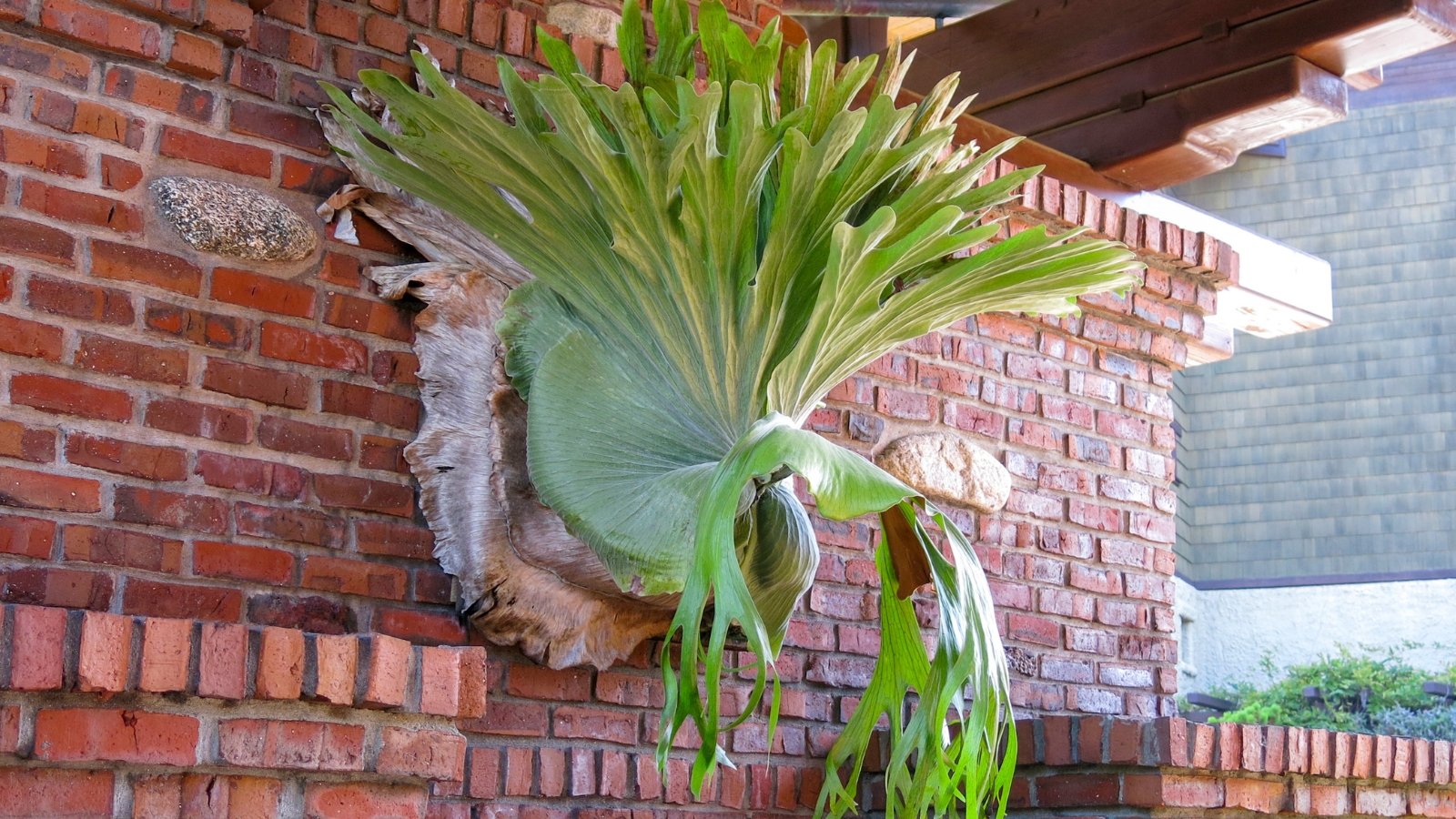
Everyone loves a staghorn fern until it’s time to water it. It’s no wonder, as this is an impressive plant. Staghorn is native to warm climates and truly thrives the best outdoors. They are epiphytes, so you can’t plant them in a traditional potting mix. They are best kept attached to wood or hanging on their own.
These ferns grow very large and heavy over time. They need high humidity and a good deal of bright, indirect light. The complicated part is watering this plant. You’ll have to take it down every time you need to water, which is relatively often. With a mature plant, this is tough due to the weight. These work better outdoors, where you can water them without taking them down.
Anthurium
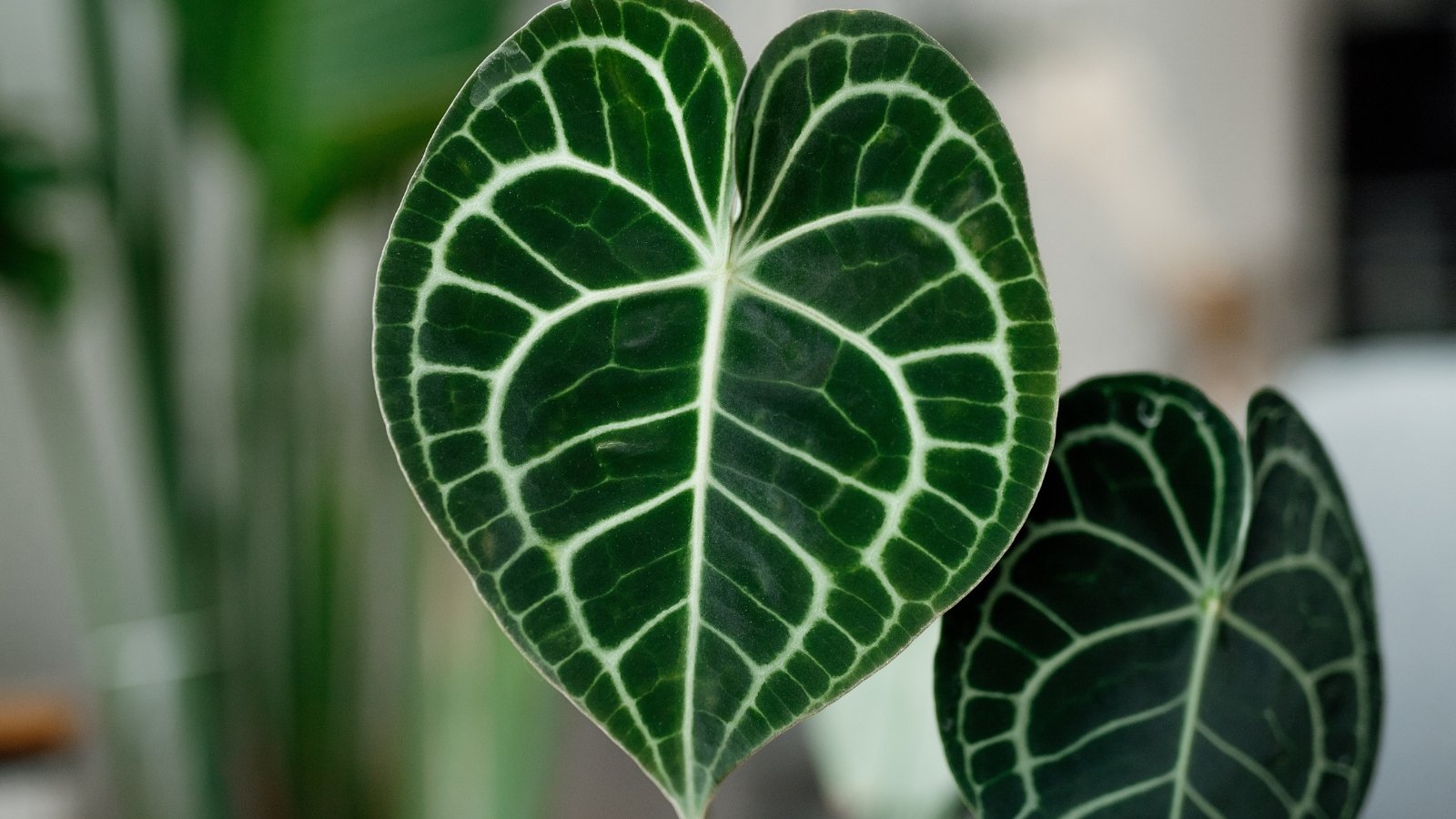
I hate to lump all anthuriums together because a few types make decent beginner plants. Anthurium andraeanum, also called the flamingo flower, is fairly easy to care for. Most, however, are not. I had a beautiful A. luxurians, a rare species, that died a slow and languishing death in my bathroom window because I loved it to death.
Anthuriums like bright indirect light, plenty of it, at least six hours daily. They don’t tolerate temperatures below 60°F (16°C), so keep them away from windows in the winter. They also need high humidity, at least 50%, preferably closer to 80%.
The big issue with these plants is watering. Most of them are epiphytes, like orchids. They need loose, well-draining soil, and they need to dry between waterings, or you’ll rot their roots. The rarer species can also be expensive and difficult to find. Start with a more common type like A. clarinervium. It will be easier to find and much less costly.
String of Pearls
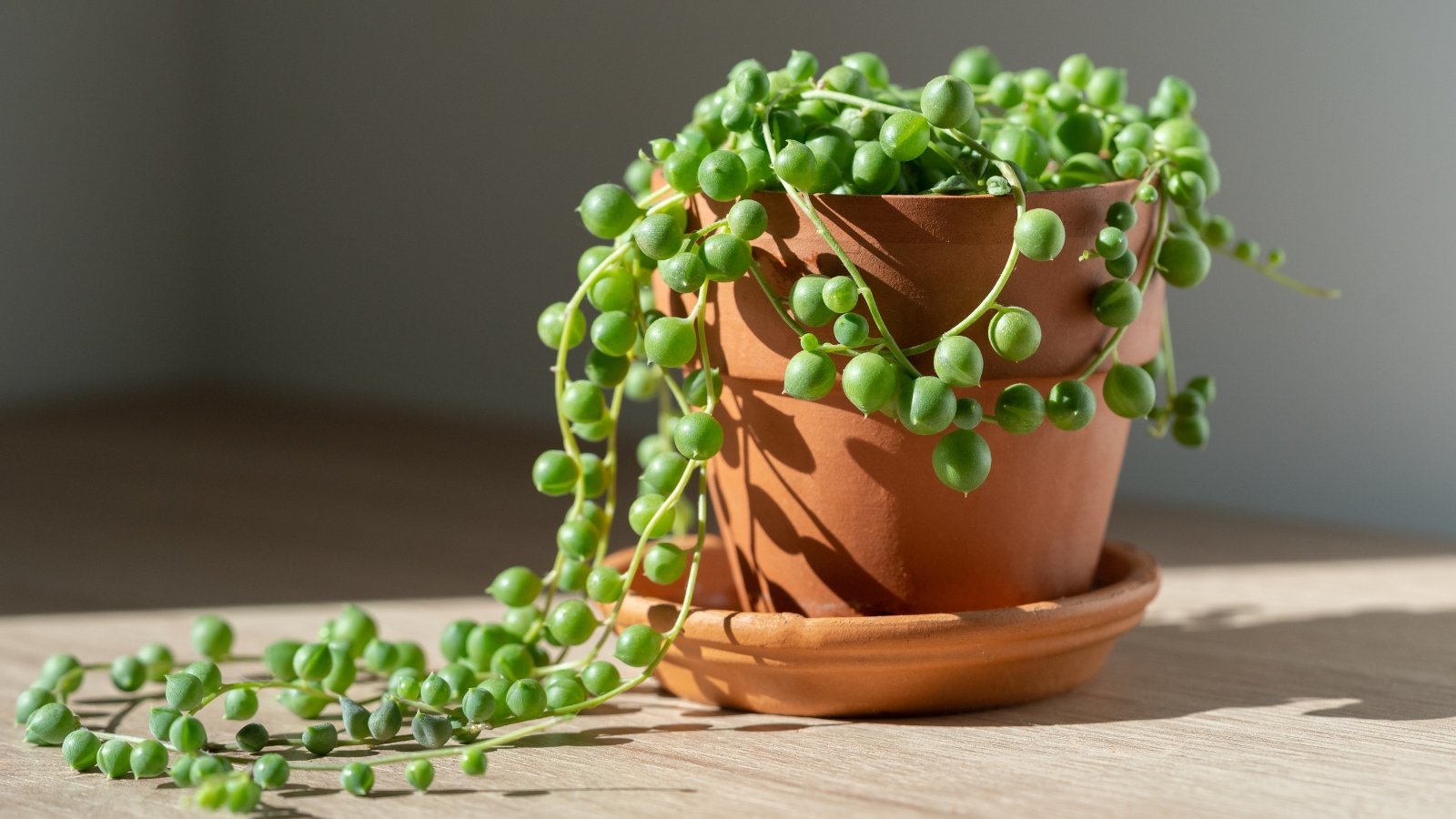
Once you get the hang of them, a string of pearls is not a difficult plant. But, it is one that many beginners struggle with. It can also be expensive to purchase a larger specimen.
The most complicated aspect of their care is light. While we say they like bright, indirect light, they actually prefer some direct sun. They need a combination of six to eight hours of direct and indirect sun, or they will become leggy and bald at the top.
These are also succulents, so it’s easy to overwater them. Their small, beadlike leaves store water, so they don’t need frequent watering and will need to dry out in between.
Rex Begonia
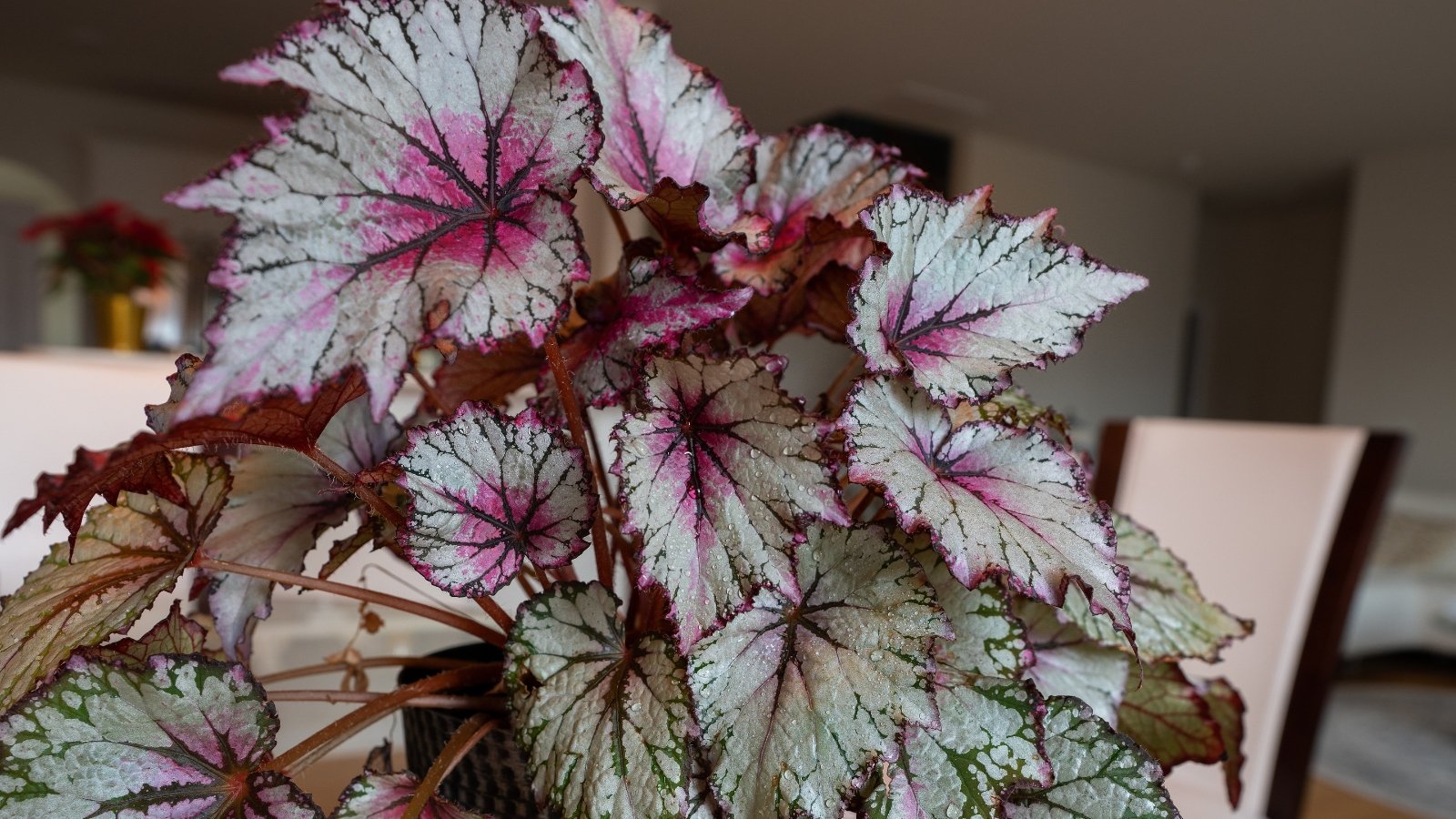
I find rex begonias easy to care for outdoors. In my humid Zone 9 garden, they are perfectly happy in mostly shaded areas. Filtered light is best, but some direct sun in the morning is okay. The harsh afternoon sun will turn the leaves brown and crispy. The same applies to light indoors. The lighting isn’t the main issue, though.
Begonias like moisture and humidity. However, those conditions paired with cooler indoor temperatures often cause rot. I’ve kept these indoors, barely growing, for years. Then, when I moved them outdoors, they flourished seemingly overnight.
These are typically not costly as long as you stick to common varieties, so experimenting won’t break the bank. I recommend keeping these outside in the summer if you want optimal growth, though.
Maidenhair Fern
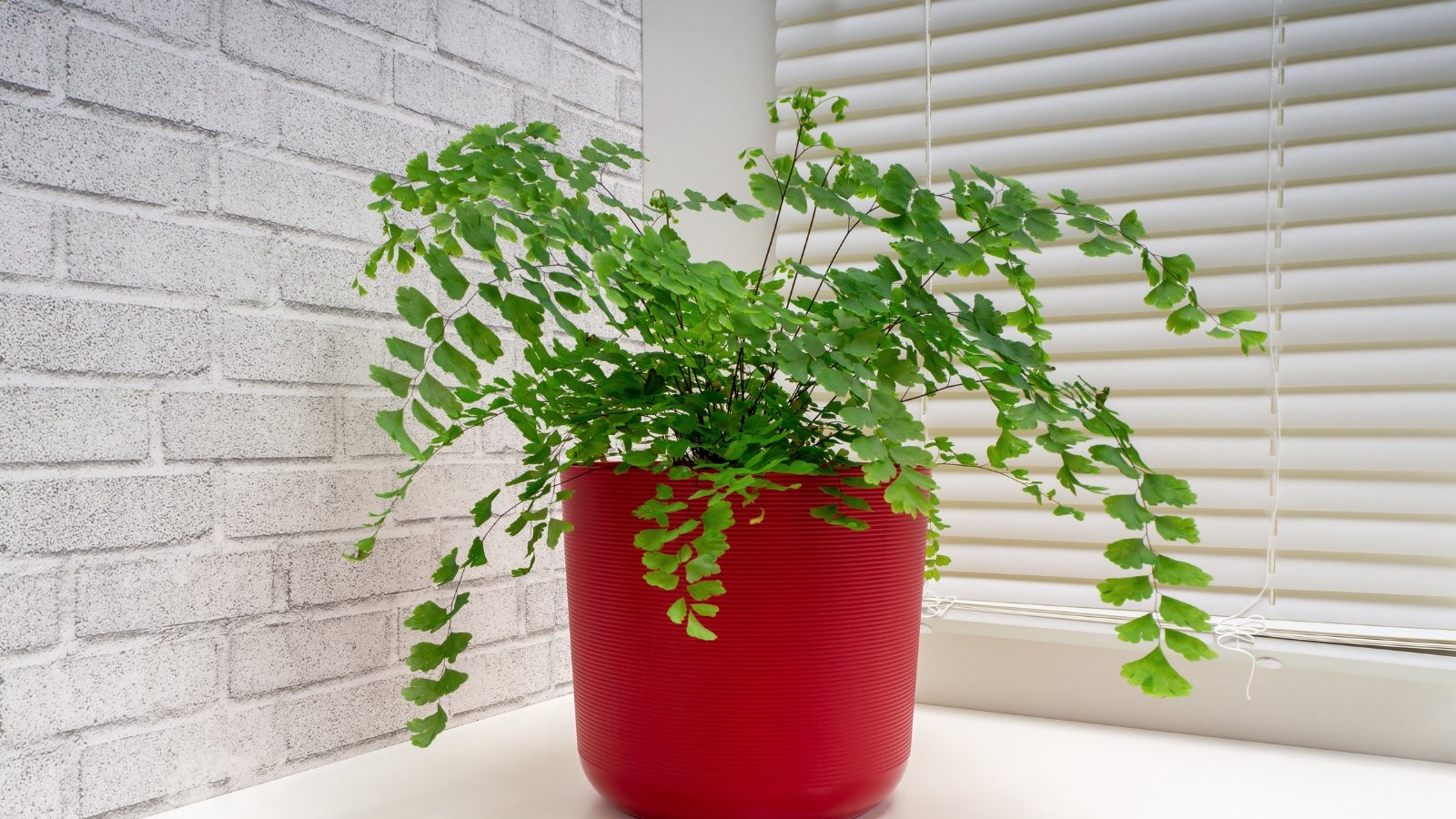
This is a beautiful plant and common enough that it isn’t costly, so I won’t blame you for trying. However, it is difficult to care for indoors. Several species thrive in different climates, but the warm-climate type, A. raddianum, is the most common houseplant.
Maidenhair ferns need consistent temperatures, as fluctuations cause stress. A steady 70°F (21°C) is perfect for this plant. They need high humidity, and they are not drought-tolerant. Don’t allow the air or the soil to dry out completely, or you’ll end up with crunchy leaves.
Another difficulty is light. Direct sun is deadly for this delicate fern. It loves indirect light, but any direct sun is too much. Too little, and you’ll have a leggy fern.
Croton
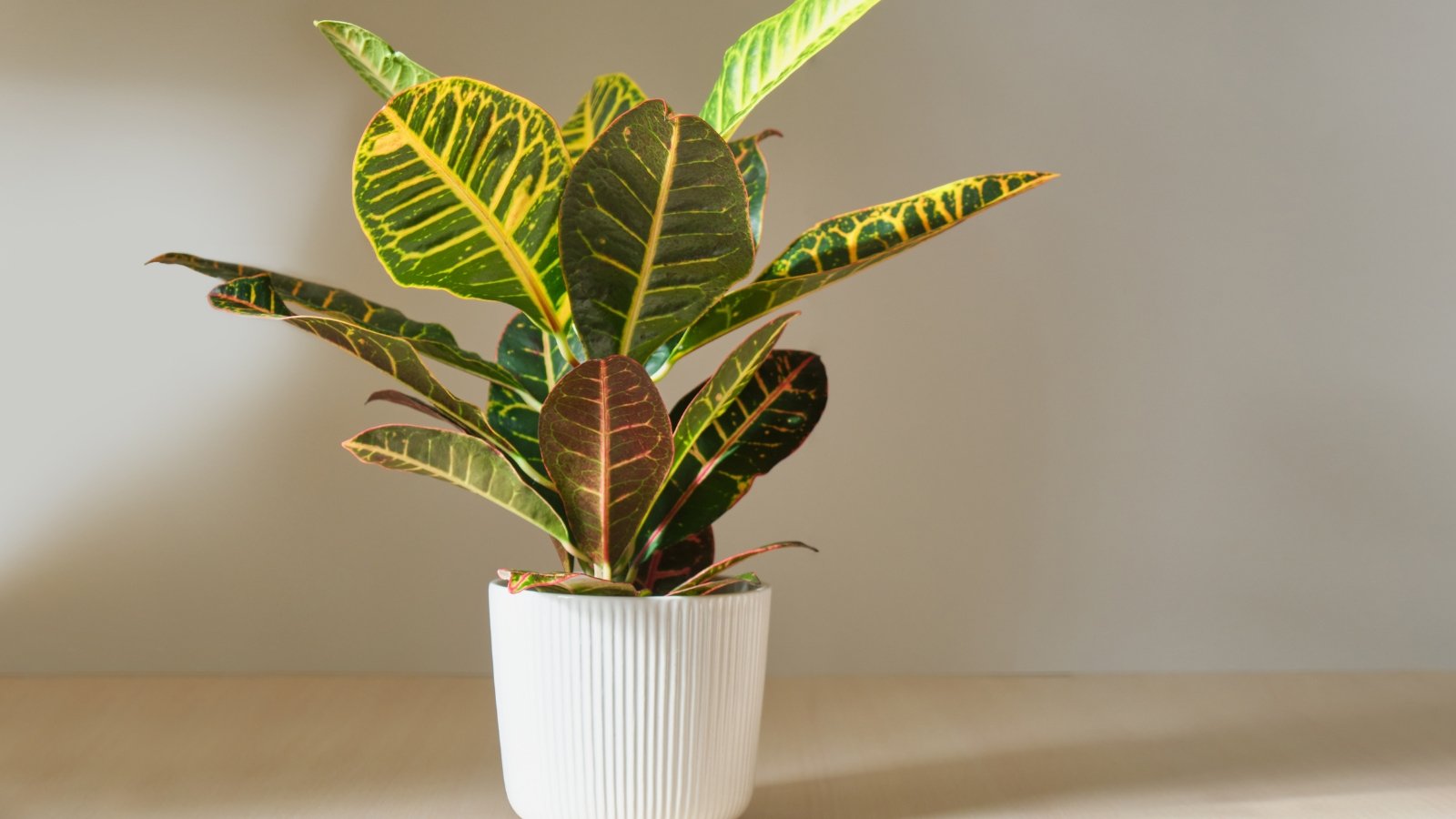
Crotons have lovely, brightly colored tropical foliage. Outdoors, they are easy as pie, but indoors, they are more complicated. I hear about this from many houseplant enthusiasts, and many seem to have a hard time keeping them happy.
A croton will drop leaves for just about any reason. Too much water, not enough water, not enough light, these are all reasons why your croton might lose leaves. Even changes in light can mess with a croton. They need a significant amount of direct sun. It’s not easy to find just the right spot for it, but if you can, you’re in luck. They are stunning.
Moisture is the most complicated issue. They need good drainage and plenty of moisture and humidity, but they don’t like wet feet. Too little water will leave your plant with dry, brown leaves, and too much water will kill it.
Banana
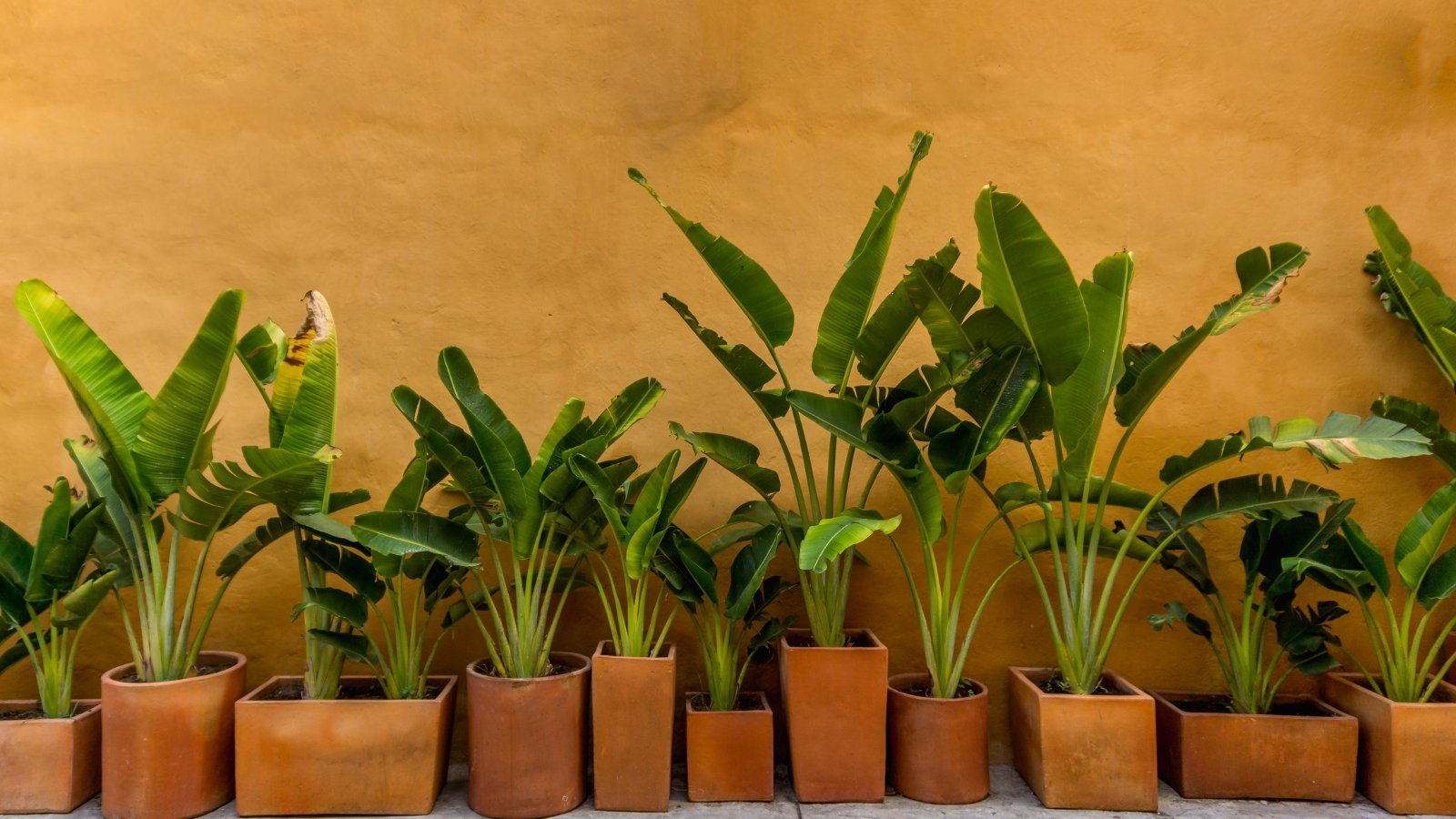
Bananas grow great outdoors, and they have a wide climate range among the species. Put this in the ground in or around its hardiness range, and it will bring back new friends year after year, forming a lovely thicket. Indoors is a different thing altogether.
One issue is water. Banana plants require a lot of water during the growing season, and it’s almost impossible to overwater them. During the off-season, giving them more than they can absorb is easy, and then you end up with root rot.
The second issue is light. Banana trees need a significant amount of sun exposure. If you have just the right location, with some humidity and a lot of sunlight, you might be able to keep a banana going. Just pay attention to that growing season and adjust your watering schedule accordingly.
Alocasia
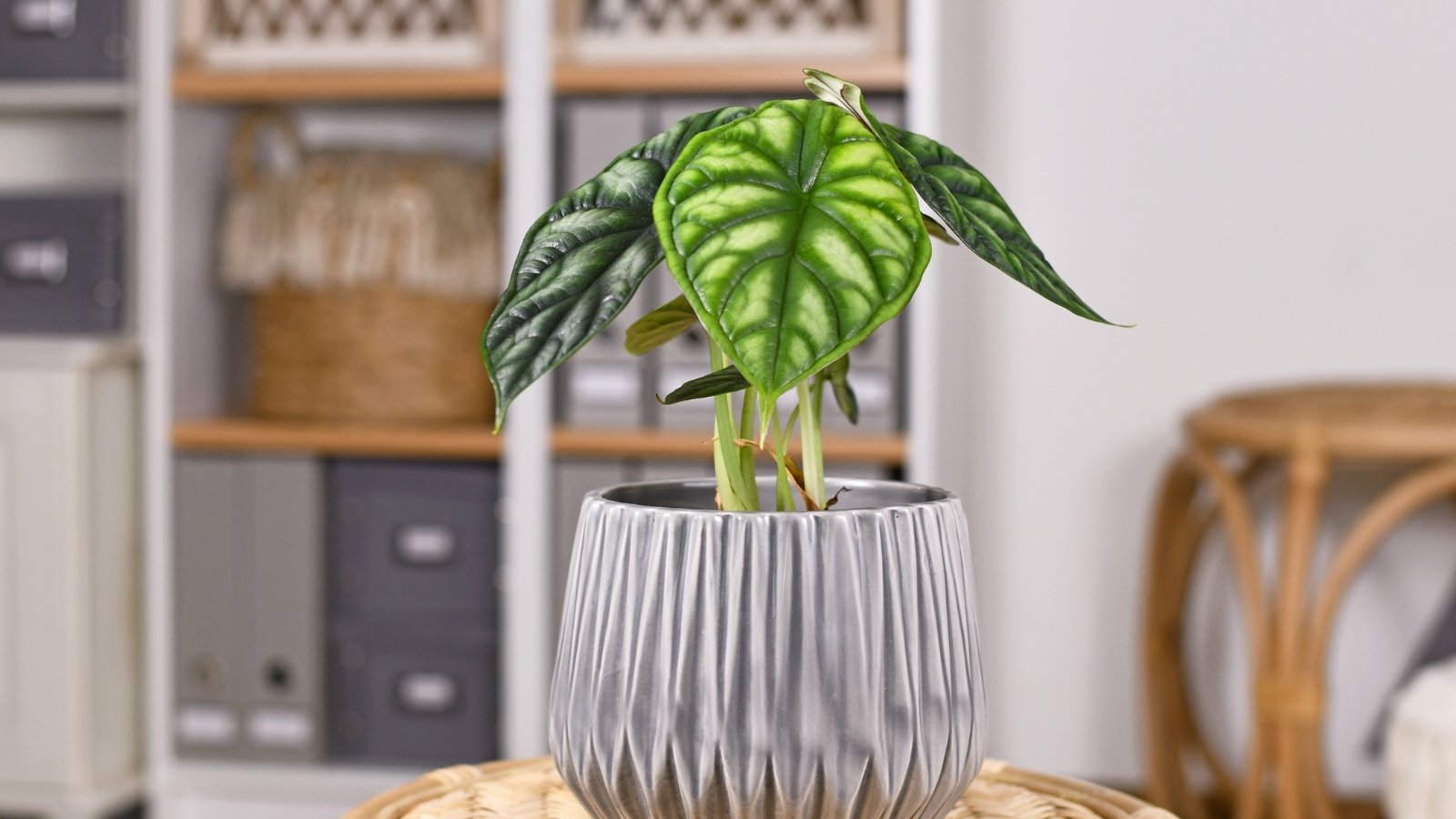
Alocasias are another group of plants that are particular about their care, especially when grown indoors. Outside, these grow easily and get large over time, sometimes reaching up to ten feet tall. Indoors and in containers, they typically stay smaller.
They like mainly filtered sunlight, but some direct sun isn’t going to kill this one. The issue is moisture. Alocasia likes a lot of it, but this makes it vulnerable to fungus. They like high humidity and moist soil, but drainage is imperative. If they sit in soggy soil, they have a habit of rotting.
If you notice your leaves drooping, overwatering is usually the culprit. Make sure that your container has good drainage, and let the soil dry out more between waterings.


